Lingual braces: the invisible alternative to fixed braces? Find out here about the advantages and disadvantages of discreet tooth correction.
Many people want straight teeth but shy away from visible braces. Adults and professionals in particular find traditional metal or ceramic brackets annoying, whether for aesthetic or professional reasons.
This is where lingual braces come into play – invisible braces that are attached to the inside of the teeth. But who is this method suitable for, what are the advantages and disadvantages, and what alternatives are available?
In this article, you will learn everything you need to know about lingual braces and how they differ from other orthodontic solutions.
| Get 150 € discount on your dental correction! |

Book a consultation appointment now at a nearby DrSmile partner practice and find out if teeth straightening with aligners is right for you.
The appointment is completely non-binding and does not involve any costs.
With the code “THATSMILE150” you will receive 150 € discount on the treatment.
What is lingual braces?
Lingual braces are fixed bracewhich is attached to the inside of the teeth, i.e. the side facing the tongue.
This makes them practically invisible to others, while at the same time they work just as effectively as conventional fixed braces.
The customized brackets are precisely adapted to the inside of the tooth using special technology to ensure optimal tooth movement.
This method is particularly suitable for people who do not want to wear traditional braces for aesthetic reasons but need effective correction of their misaligned teeth.
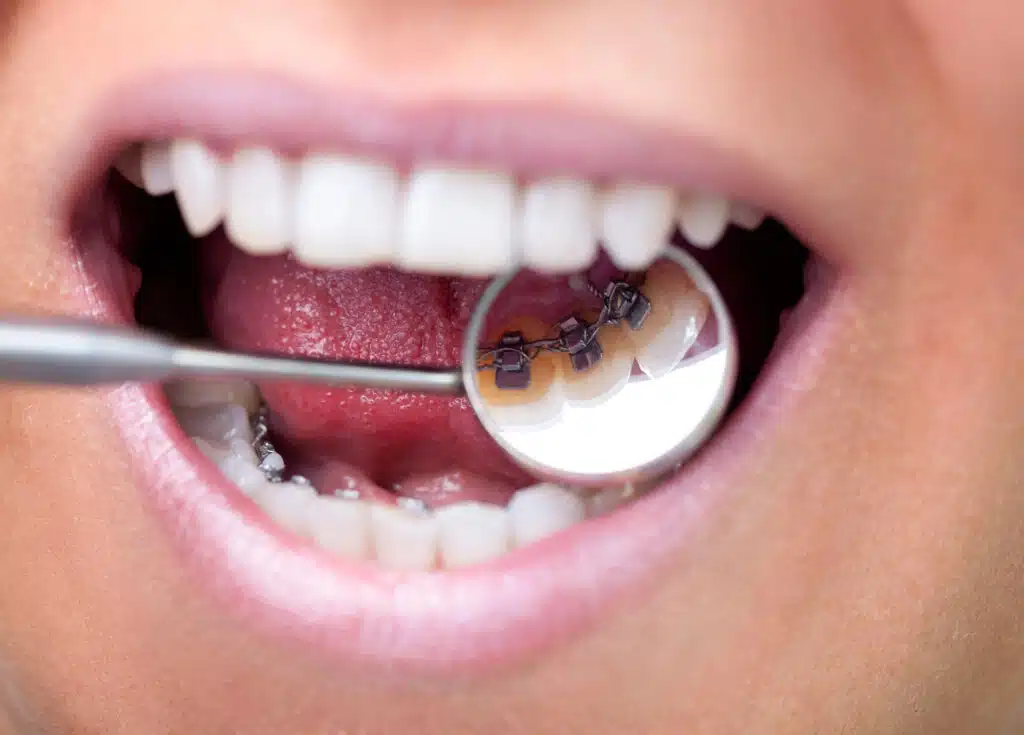
Advantages of lingual braces
- Invisible to others: As the brackets are located on the inside of the teeth, the braces are not visible from the outside.
- Effective correction: The treatment is just as effective as normal fixed braces and can correct even complex malocclusions.
- Customization: The brackets are made specifically for the patient, which enables particularly precise treatment.
- No risk of visible discoloration: Whereas with conventional braces the brackets are on the front of the teeth and can leave discoloration after removal, this remains invisible with lingual braces.
- Ideal for adults and professionals: If you need an inconspicuous solution at work or in your social environment, lingual braces are the ideal way to correct your teeth.
Disadvantages of lingual braces
- Acclimatization period: As the brackets sit on the inside of the teeth, there may be some initial discomfort when moving the tongue and speaking.
- More cost-intensive: Lingual braces are more expensive than traditional fixed braces because they are custom-made and the treatment is technically more demanding.
- More difficult oral hygiene: Cleaning the teeth can be somewhat more difficult due to the internal brackets, which is why thorough dental hygiene is particularly important.
- Not suitable for all malocclusions: In some cases, a different type of braces or an invisible aligner may be a better alternative.
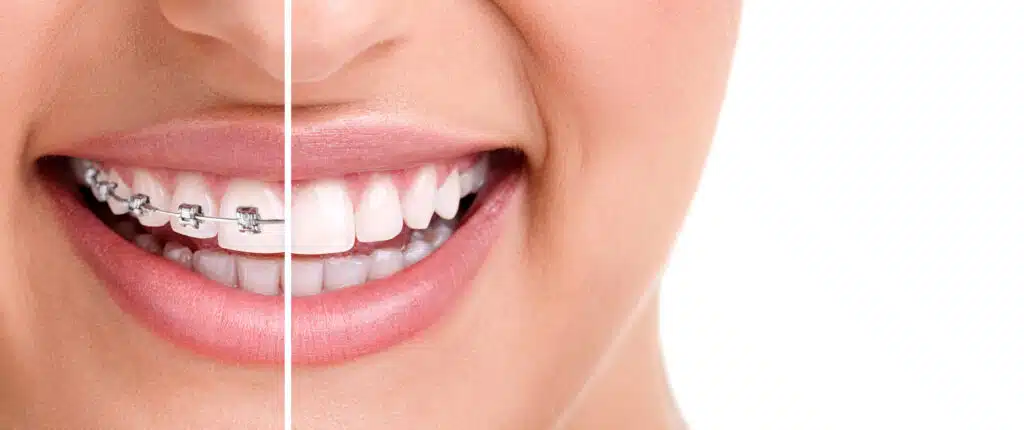
Invisible aligners as an alternative
If you are looking for an even more comfortable, more flexible and generally much cheaper solution, invisible aligners can be an alternative to lingual braces.
These transparent aligners are custom-made and can be removed at any time – for example to eat or brush your teeth.
They are particularly suitable for mild to moderate malocclusions and are often a preferred choice for people who want discreet tooth correction.
However, treatment with aligners requires a high level of discipline, as the aligners must be worn for at least 22 hours a day to ensure a successful correction.
| Get 150 € discount on your dental correction! |

Book a consultation appointment now at a nearby DrSmile partner practice and find out if teeth straightening with aligners is right for you.
The appointment is completely non-binding and does not involve any costs.
With the code “THATSMILE150” you will receive 150 € discount on the treatment.
Conclusion on the topic of lingual braces
Lingual braces offer an excellent way of correcting misaligned teeth discreetly and effectively.
It combines the advantages of fixed braces with the invisibility of invisible teeth straightening and is a particularly attractive solution for adults and professionals.
However, the higher costs, the settling-in period and the more difficult dental care should be taken into account. If you are looking for an even more flexible alternative, you can find out about invisible aligners, which offer an inconspicuous and removable solution.
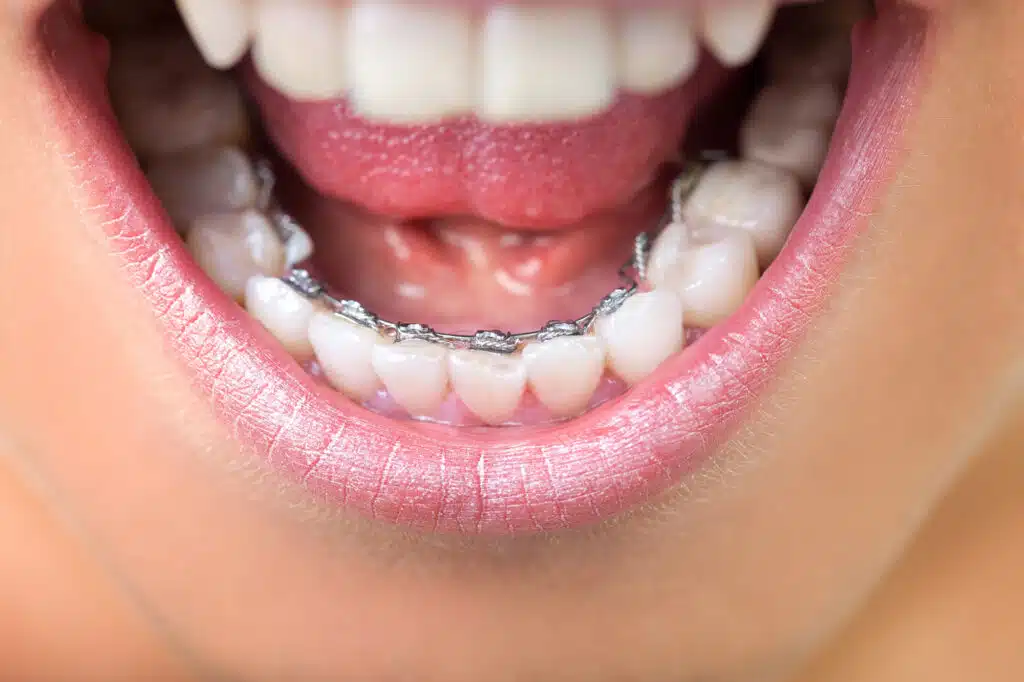
FAQs on the topic of lingual braces
Finally, we answer a few of the most frequently asked questions about lingual braces.
Are lingual braces really completely invisible?
Yes, as the brackets are attached to the inside of the teeth, it is not visible to others. It may only be minimally visible at certain angles or on close inspection.
How long does treatment with lingual braces take?
The duration of treatment varies depending on the misalignment of the teeth, but is usually between 12 and 36 months.
Is wearing lingual braces painful?
As with all fixed braces, you may experience a feeling of pressure and slight pain in the first few days after insertion. The tongue may also feel irritated at first, but gets used to it after a while.
Can I eat normally with lingual braces?
Yes, but soft foods should be preferred at first. Hard, sticky or particularly solid foods can be problematic and should be avoided if possible.
Is pronunciation impaired with lingual braces?
Pronunciation may be slightly impaired at first, especially with S sounds. However, most people get used to it within a few weeks.
How do I clean my teeth with lingual braces?
Thorough dental care is particularly important. In addition to a normal toothbrush, interdental brushes and dental floss should be used to remove food debris between the brackets.
How much do lingual braces cost?
The costs are usually between 4,000 and 10,000 euros, depending on the complexity of the tooth correction and the chosen method.
Does health insurance cover the cost of lingual braces?
In most cases, lingual braces are not covered by statutory health insurance. However, private insurance companies may offer partial coverage depending on the tariff.
Can lingual braces be used for any malocclusion?
Most malocclusions can be corrected with lingual braces – only in a few cases are conventional fixed braces more suitable.
How often do I have to go to the orthodontist for a check-up with lingual braces?
As a rule, follow-up appointments are necessary every four to six weeks to check the progress of the treatment and make adjustments
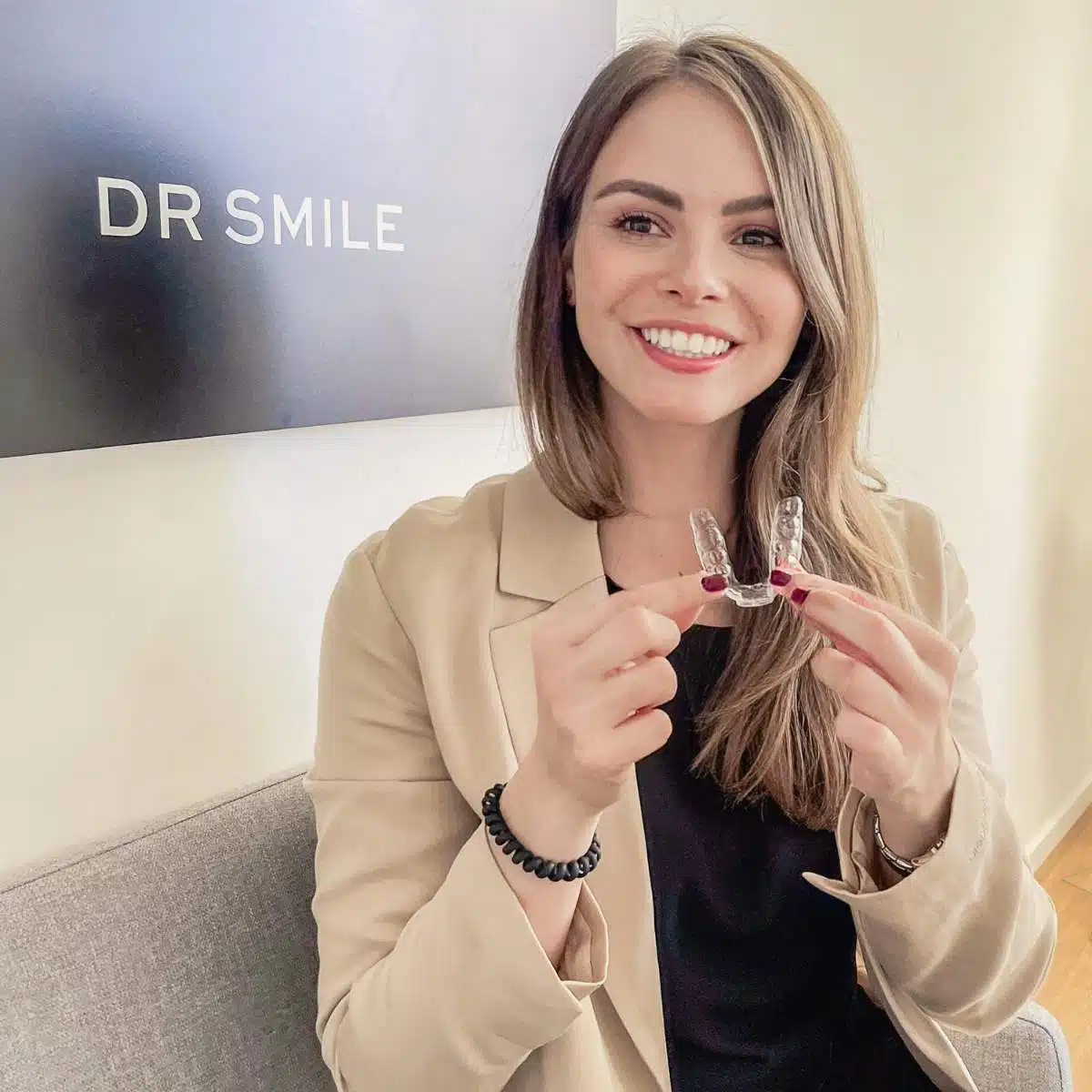
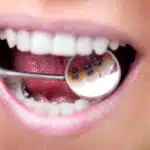

Leave a Reply